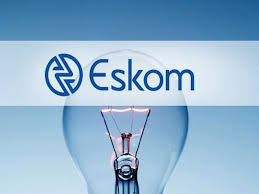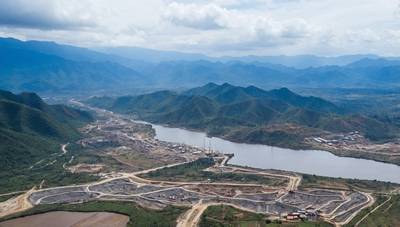Eskom has been mired in financial difficulties for years and is known for subjecting South Africans to routine power blackouts.
But in 2024 it has seen a dramatic turnaround in its plant performance, which has allowed Africa’s most industrialised economy to go more than 200 days in a row without power cuts, boosting investor sentiment and leading to expectations for faster growth.
Eskom submits electricity tariff applications to energy regulator Nersa for either the year ahead or several years at once, after which Nersa consults the public before deciding whether to approve an increase. It rarely grants Eskom the full increase it seeks.
In its latest application, Eskom asked for increases of roughly 36%, 12% and 9% in the next three financial years.
Nersa is due to announce its decision on Dec. 20.
At its last regulatory decision in 2023, Nersa approved a tariff increase of more than 18% for the financial year starting in April that year and over 12% in the current financial year, whereas Eskom had sought increases of more than 32% and 22%.
Eskom’s general manager for regulation, Hasha Tlhotlhalemaje, said the latest application was an attempt to “catch up” after the previous regulatory decision allowed Eskom much lower costs than it wanted.
“When we come to (financial year) 2026, it doesn’t mean those costs go away, because those are legitimate costs that Eskom is experiencing, and therefore there is that jump to be able to deal with (the previous decision),” she told Reuters on the sidelines of an Eskom briefing.
Reporting by Nqobile Dludla Writing by Alexander Winning – Reuters




